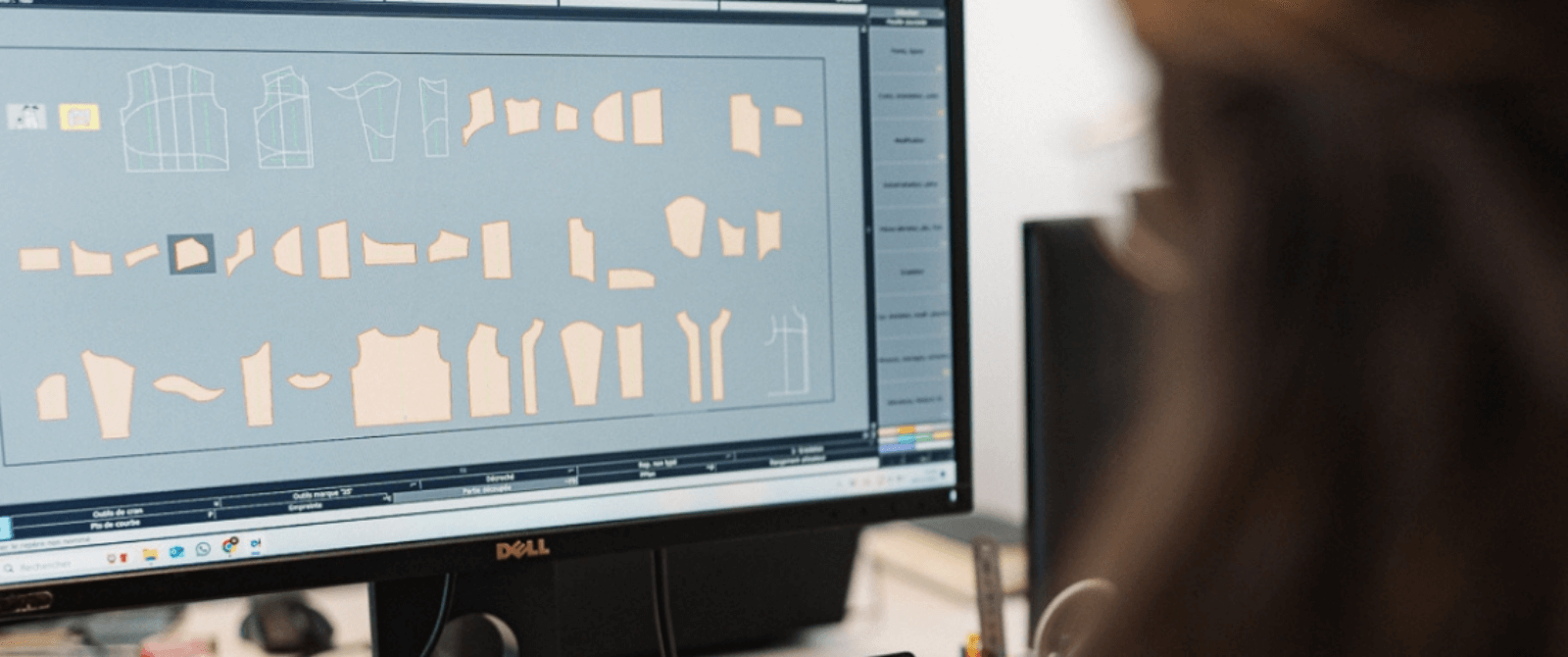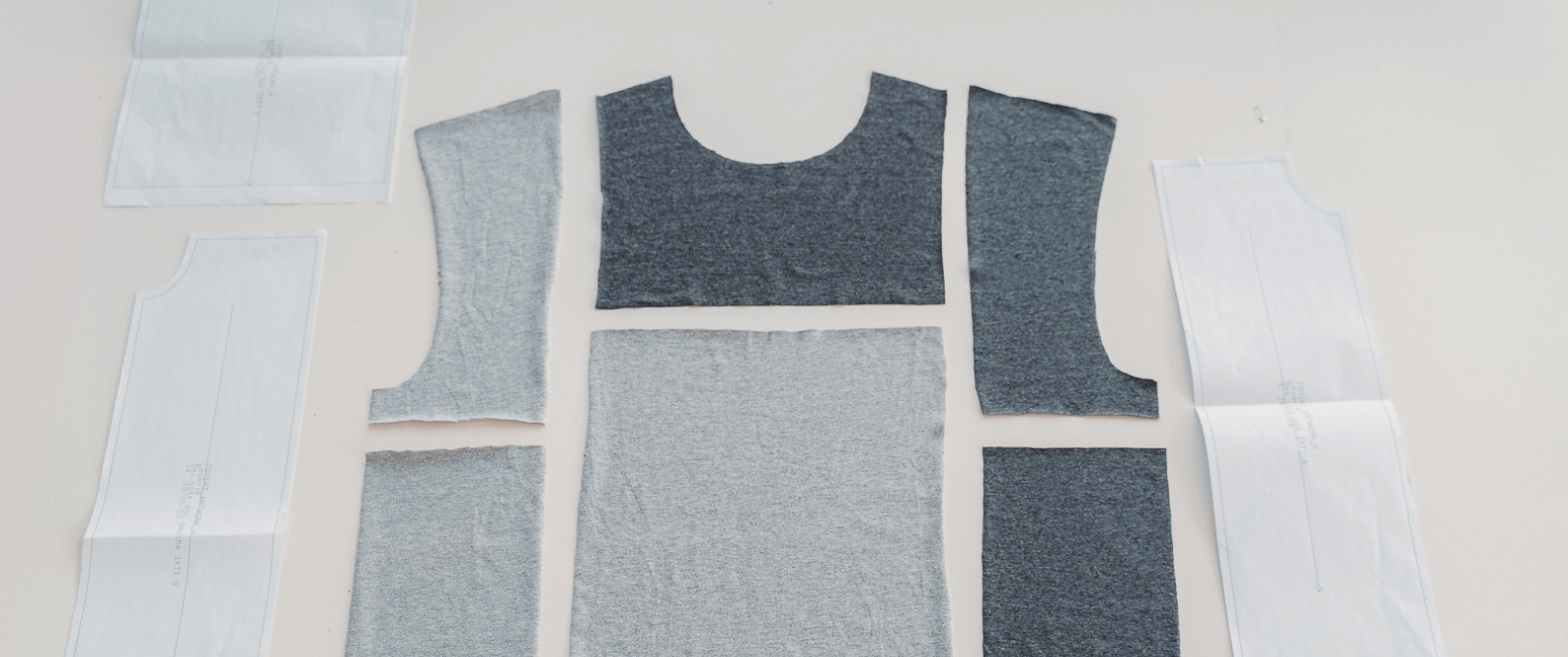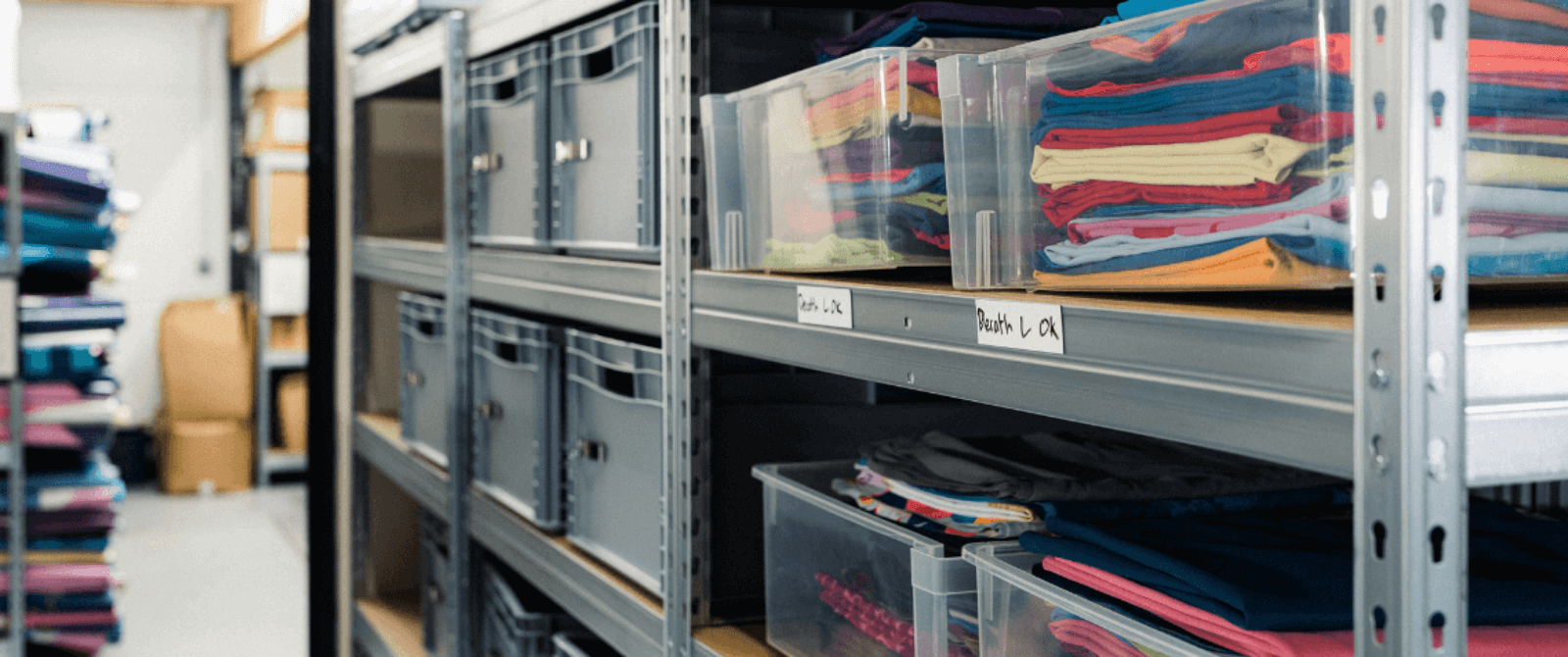Why will circular fashion (really) transform the textile sector?
Faced with the limits of the linear model, circular fashion offers a sustainable alternative for the textile industry.
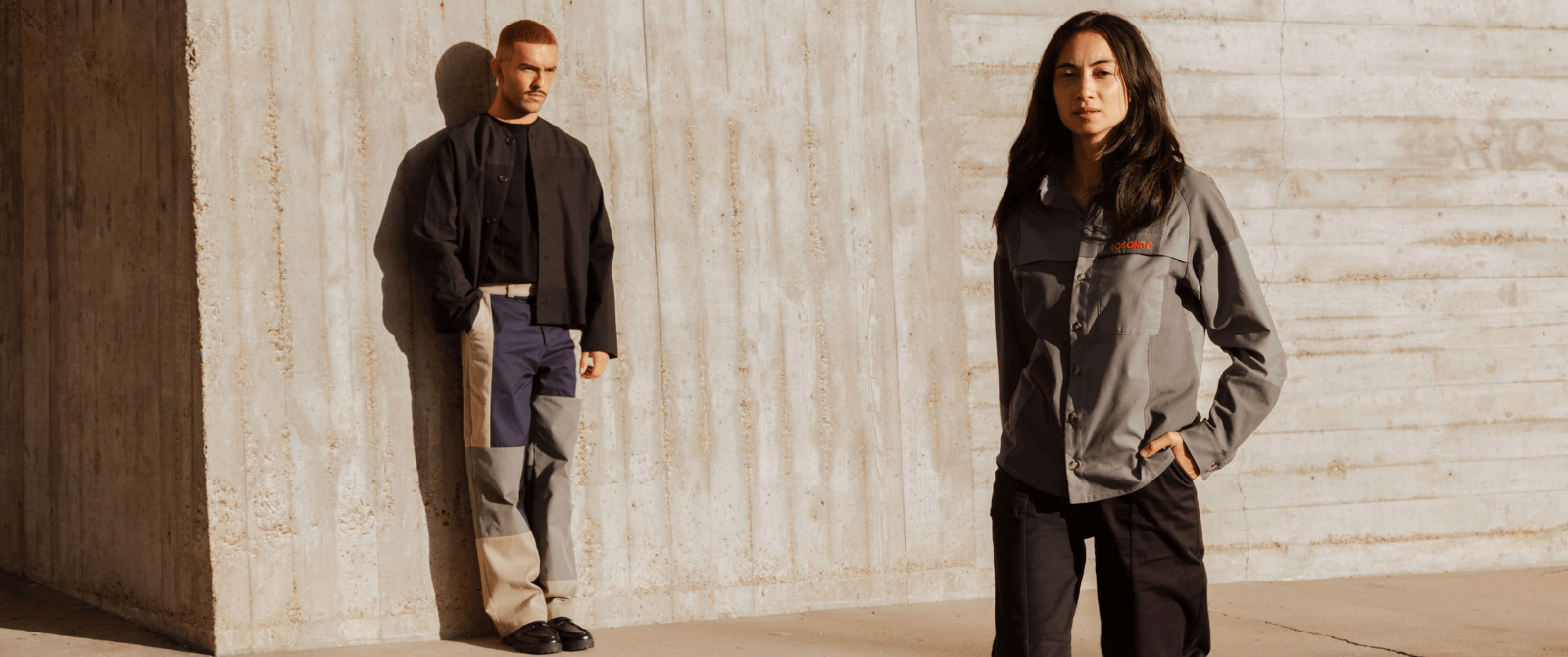
your
textile products with us?
Faced with overproduction, limited resources and consumer expectations, circular fashion is no longer a matter of choice. It is a concrete lever of transformation for the entire industry.
Why change the model?
Every second, the equivalent of a truckload of clothes is thrown away or burned around the world. A staggering figure, especially as 95% of these textiles could be reused, repaired or transformed.
Despite this potential, the sector still largely operates on a linear model:
Produce → Consume → Throw away.
With over 100 billion garments manufactured every year, only 1% of which are actually recycled, the environmental impact is massive: resource extraction, pollution, waste accumulation.
Faced with this situation, an alternative is needed: circular fashion.
What exactly is circular fashion?
Circular fashion aims to extend the life of products and limit the production of waste.
Unlike the linear model, it seeks to keep materials in circulation as long as possible, valuing each stage of a garment's life cycle.
Here are the pillars that structure it:
- Eco-design Design products that are durable, repairable and recyclable, right from the start.
- Repair: encouraging garments designed to be maintained and extended.
- Reuse and second-hand goods: developing take-back, sales and donation channels.
- Upcycling transforming existing products (unsold, offcuts, obsolete parts) into new, high-value products.
- Recycling Recycling: recovering fibers for use in new production processes.
%20(1).jpg)
How is this a profound transformation?
Circular fashion is not about adding a "green brick" to the existing model.
It's a change of logic: from quantity to sustainability, from extraction to optimization.
For example, doubling the lifespan of a garment would reduce its carbon footprint by 44% (source: McKinsey). This figure alone sums up the possible impact.
What this means for brands
Adopting a circular approach means rethinking the entire value chain:
- Eco-designing products to last, with optimized end-of-life management right from the start.
- Give preference to materials from reuse or recyclingrather than new ones.
- Set up collection and recycling systems recycling.
- Rely on industrial partnerships capable of transforming dormant stocks or waste into resources.
What this means for consumers
Circularity is not just about brands. It also implies a change in usage:
- Buy less, but better: choose sustainable, responsible parts.
- Take care of your clothes to keep them longer.
- Donate, resell, repair or transform instead of throwing away.
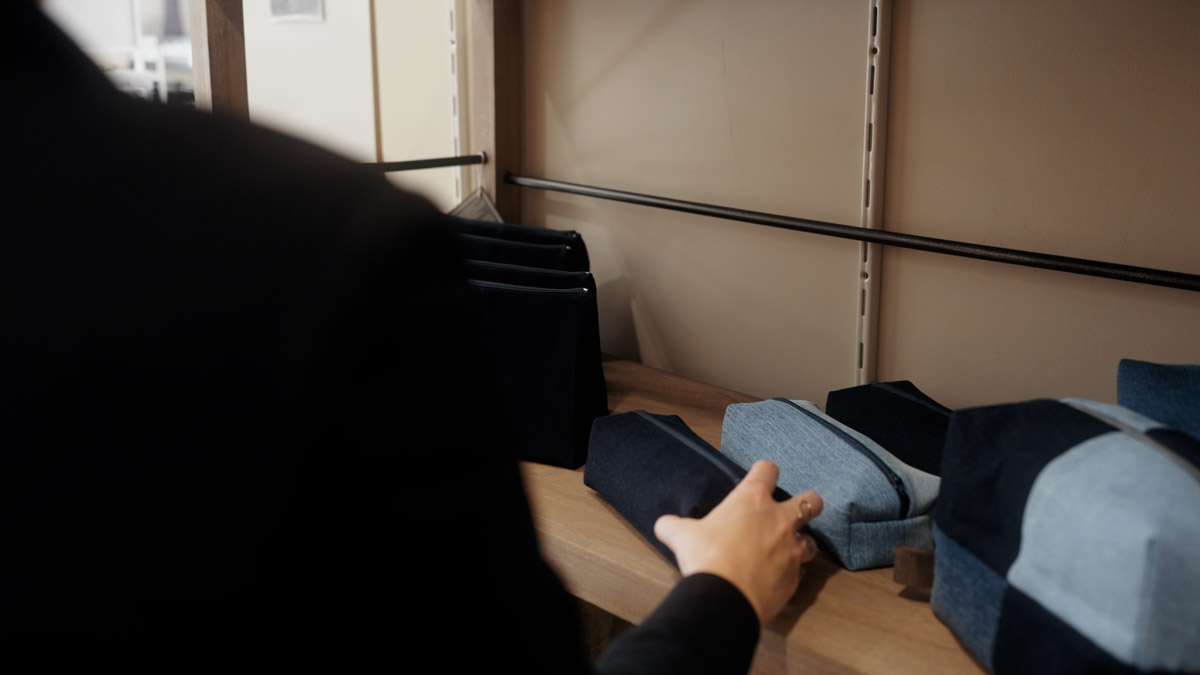
In conclusion: a dynamic to be structured
Today, circular fashion is no longer an emerging trend: it's a concrete framework for transition.
It doesn't just meet an ecological requirement: it also outlines a possible future for an industry in crisis. A future where production no longer means extracting, but rather extending what already exists.
Ideas, materials,
a project? We'd love to hear from you.
At Losanje, we can help you create responsible textile products, whether you have materials to recycle or not.
You might like
...


